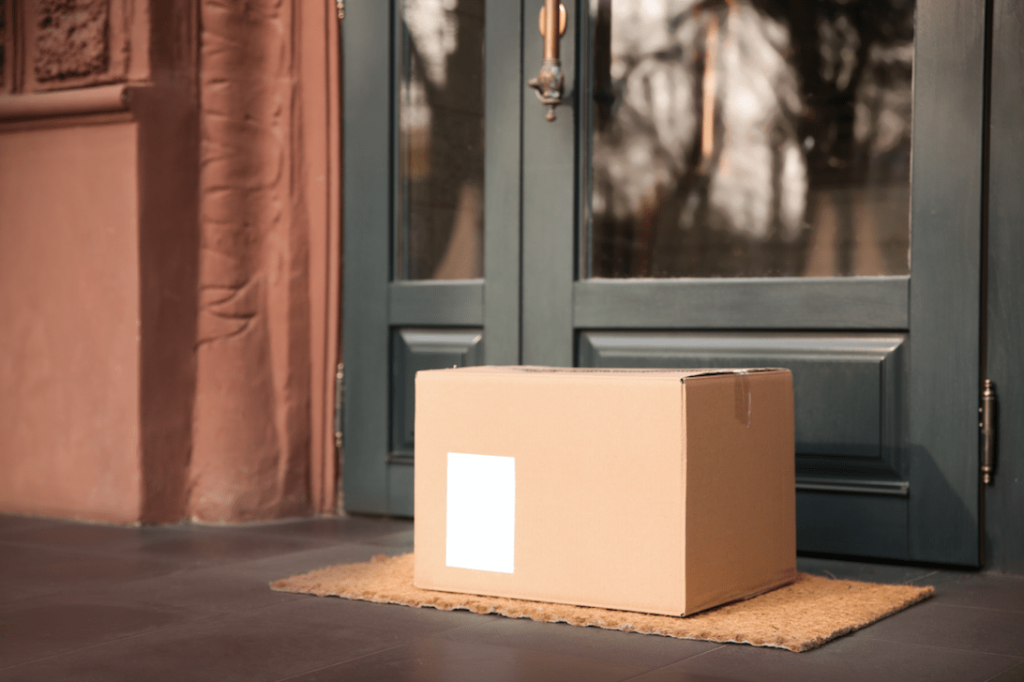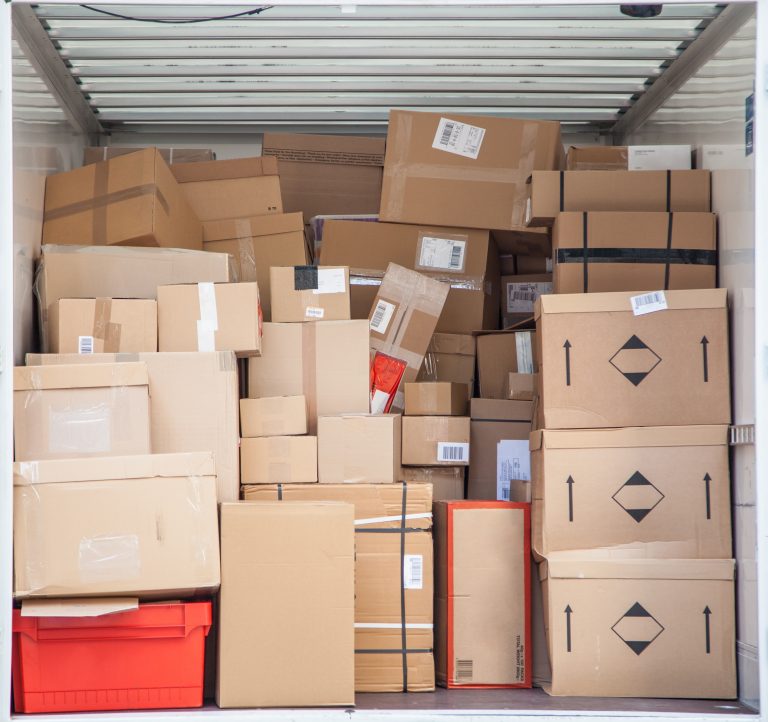The critical role of last mile logistics cannot be understated. A solid approach to final mile coverage is the key to keeping consumers happy, which keeps the supply chain strong and profitable.
Delivery speed is a significant factor in getting and keeping customers. The last mile is the customer’s only impression of how the product got to their door in most cases. If it doesn’t go well, customers remember.
Last mile delivery represents more than 53% of shipping costs and is the most expensive and time-consuming element of the eCommerce supply chain.
What is Last Mile Logistics?
What is last mile logistics? It is getting products from a distribution center to the end-user without any delay in time. It’s a catch-all term, and the “last mile” can consist of a few blocks or many miles.
Parcel or small package carriers are commonly involved in last mile logistics. They are responsible for bringing each shipment directly to the consumer quickly and cost-effectively. Consumers are often willing to pay extra for last-mile delivery services that provide same-day fulfillment. To their detriment, a lot of businesses seem to have little interest in perfecting their last mile logistics process which it in turn, makes them liable to any downfall in the market.
As eCommerce sales grow, the demand for last mile logistics will increase exponentially. With this increase come unique challenges that may be difficult to address.

Unique Challenges of Last Mile Delivery
Last mile delivery requires an emphasis on speed and timely delivery to improve customer satisfaction and brand loyalty. Surprisingly, 56% of shoppers refuse to buy from a brand again if they had a negative experience with the shipping service.
One of the biggest challenges of last mile delivery involves complexity. Consumers demand carriers that provide assembly options, especially for large, bulky items. As a result, shippers have to think about responding to these increasing demands.
Other critical challenges that arise during last mile delivery include the following:
Capacity
A significant challenge of last mile delivery has to do with capacity. The availability of truck containers and container space makes it challenging to get freight to specific destinations. This situation affects both shippers and carriers. Shippers face increased rates, while carriers face deadhead miles that cut into their bottom lines.
A capacity crunch can happen for several reasons, including:
- Seasonal peaks
- Labor shortages
- Natural disasters
- Unexpected situations
Any space at the back of a truck can become more valuable and expensive during a capacity crunch.
Visibility
Technology makes it possible to gain increased visibility of delivery status. Customers now demand real-time information about their shipment. They want to know the location of their package and exactly when to expect delivery.
Shippers and carriers must deploy up-to-date technology to ensure that they can provide the level of visibility and service customers expect today.
Costs
The infrastructure that supports efficient and on-time delivery can be expensive. It involves allocating funds for extra stops, failed deliveries, fleet operation, drivers’ salaries, and money for complex routes. Better route planning and higher efficiency can help lower the costs. Making mistakes during last mile delivery can ultimately be very expensive for a company.
Technology
About half of all global transportation and logistics companies use outdated technology to track last-mile delivery.
This legacy approach makes it hard for them to monitor potential last-mile complications and develop strategies to handle them. Outdated technology can also affect route planning which can cause delayed deliveries, customer dissatisfaction, and higher costs.
Key Takeaways for Last Mile Logistics

- In recent years, last mile logistics for product delivery has become especially important as the e-commerce era is at its peak.
- The "last mile" in last mile logistics refers to the small geographical distance that must be traversed for goods to reach consumers.
- Last mile logistics, although seemingly a small part of the logistics process as a whole, is actually quite complex and costly.
- Speedy delivery, which has a lot to do with last mile logistics and its efficacy, increases the amount an organization or company can earn.
- Last mile logistics are the most underrated part of the delivery process.
R2 Logistics Solutions for Last Mile Logistics
R2 Logistics offers a transportation management system that will help you gain visibility and insight for improved decision-making. We designed our system to scale and meet your supply chain management needs.
Our system provides real-time data on the location and expected arrival time of each shipment to meet the demands of today’s eCommerce shoppers.
Do you have questions about last-mile delivery and logistics? Contact us at R2 Logistics today to learn how our TMS technology can help you overcome supply chain difficulties and improve the overall efficiency of your operation.
Interested in learning more about last mile logistics. Check out this video.
